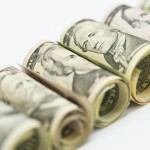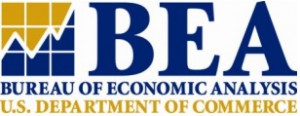Republican Medicaid Reform Would Save $110 Billion to $150 Billion in 5 Years
 Arguably more important than repealing and replacing Obamacare, a longstanding Republican proposal to change how Congress finances Medicaid would reduce the burden on taxpayers by $110 billion to $150 billion over five years, according to a new analysis by consultants at Avalere.
Arguably more important than repealing and replacing Obamacare, a longstanding Republican proposal to change how Congress finances Medicaid would reduce the burden on taxpayers by $110 billion to $150 billion over five years, according to a new analysis by consultants at Avalere.
Currently, state spending on Medicaid is out of control because Medicaid’s traditional funding formula incentivizes the political class to overspend. For every dollar a state politician spends on Medicaid, the federal government pitches in at least one dollar via the Federal Medical Assistance Percentage (FMAP). This actually rewards states for making more residents dependent on Medicaid.






